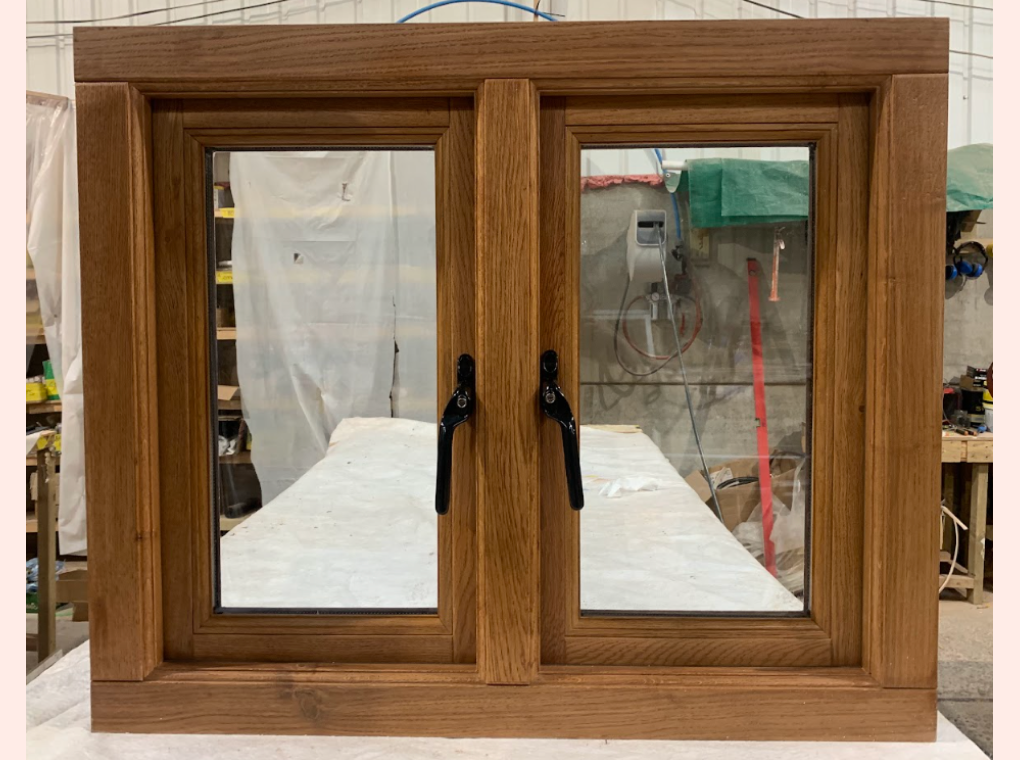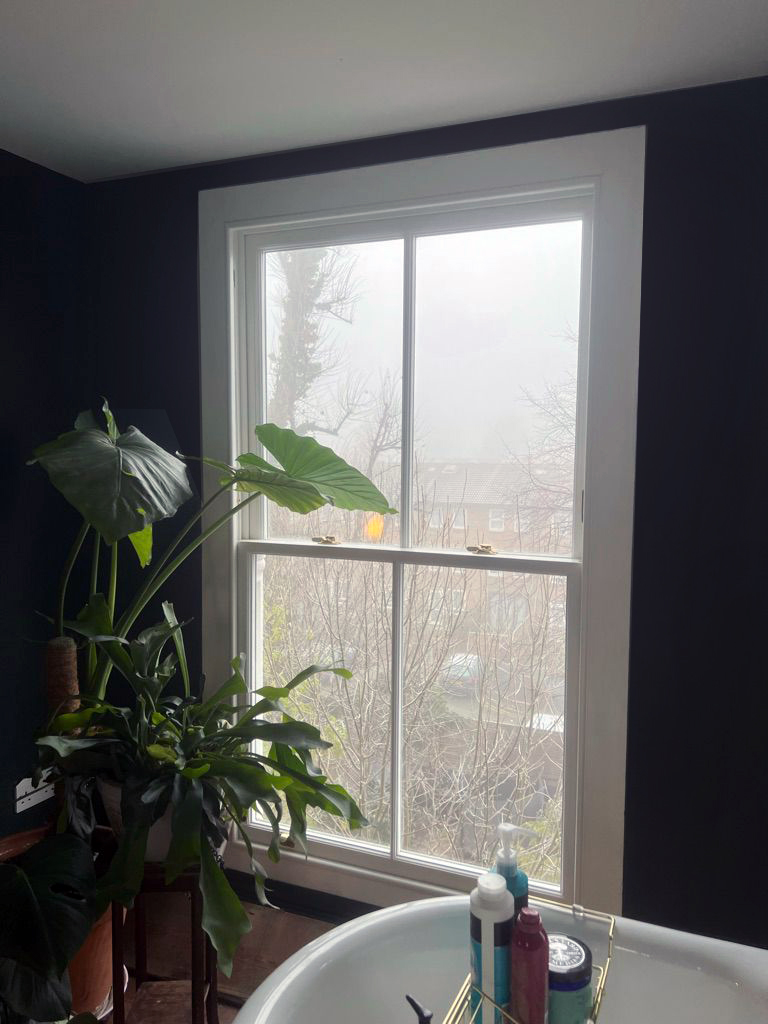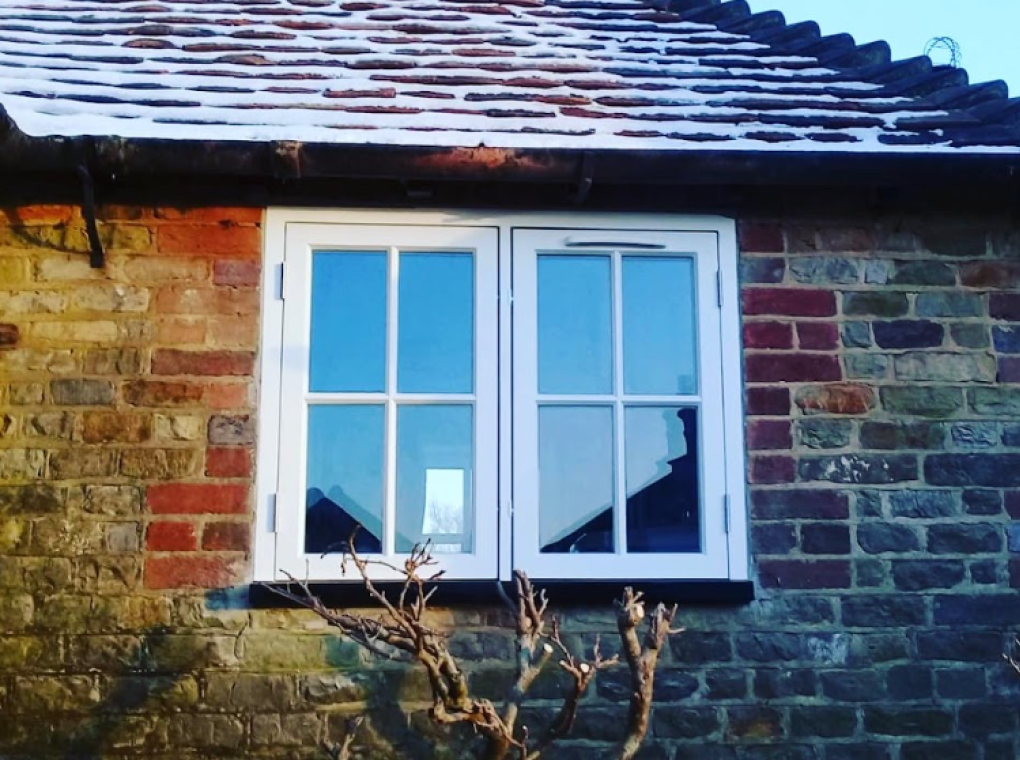
Timber vs. uPVC Windows: Why Natural Wood is the Superior Choice
When it comes to choosing windows for your home, two of the most common options are timber and uPVC. While uPVC windows have gained popularity due to their affordability, high-quality timber windows remain the superior choice in terms of durability, energy efficiency, and aesthetics. In this article, we compare these two materials to help you decide which is best for your home.
1. Aesthetic Appeal
- Timber Windows: Natural wood offers a timeless, elegant look that suits both traditional and contemporary properties. With a wide range of finishes, stains, and paints available, timber windows can be customised to match any home’s style.
- uPVC Windows: While uPVC has improved in appearance over the years, it often lacks the character and charm of real wood. The plastic-like finish can sometimes look out of place in period or high-end properties.

2. Durability and Longevity
- Timber Windows: When properly maintained, high-quality timber windows can last for decades, often exceeding 60 years. Modern treatments and protective coatings enhance their resistance to weathering, rot, and pests.
- uPVC Windows: Typically, uPVC windows have a lifespan of 20-30 years before they start to degrade, discolour, or become brittle. They are more susceptible to wear and tear, particularly in harsh weather conditions.
3. Energy Efficiency
- Timber Windows: Wood is a natural insulator, offering excellent thermal efficiency. Combined with modern double or triple glazing, timber windows help maintain a comfortable indoor temperature and reduce energy bills.
- uPVC Windows: While uPVC also provides good insulation, it lacks the breathability of timber. Over time, the seals may degrade, leading to reduced energy performance.
4. Environmental Impact
- Timber Windows: Sustainably sourced timber windows have a much lower carbon footprint. Wood is a renewable and biodegradable material, making it an environmentally friendly option.
- uPVC Windows: uPVC is a type of plastic derived from fossil fuels. The production and disposal of uPVC contribute to environmental pollution, as it is non-biodegradable and difficult to recycle efficiently
5. Maintenance and Upkeep
- Timber Windows: With modern finishes, timber windows require minimal maintenance. Regular painting or staining can keep them looking pristine for decades.
- uPVC Windows: While uPVC requires little maintenance initially, it can discolour, crack, or warp over time, and it cannot be easily repaired like timber.
Conclusion: Timber Wins Every Time
While uPVC windows may be a lower-cost alternative, timber windows offer unmatched beauty, longevity, and environmental benefits. If you’re looking for windows that will enhance your home’s aesthetic, improve energy efficiency, and stand the test of time, natural timber is the superior choice.
Interested in upgrading your home with high-quality timber windows? Contact us today to explore our premium range!

Additional Benefits of Timber Windows
Better Indoor Air Quality
Timber is a natural material that does not emit harmful chemicals, unlike some plastic-based alternatives, contributing to a healthier home environment.
Greater Structural Integrity
High-quality timber frames provide excellent strength and stability, resisting warping and flexing over time better than uPVC.
Easier Repairs
Unlike uPVC, which often requires full replacement when damaged, timber windows can be repaired and restored, prolonging their lifespan.
Timeless Appeal
The natural beauty and rich textures of timber provide an enduring charm that does not fade over time, ensuring your windows remain stylish for decades.
Improved Breathability
Timber allows for natural moisture regulation, reducing condensation buildup and potential mould growth within your home.
